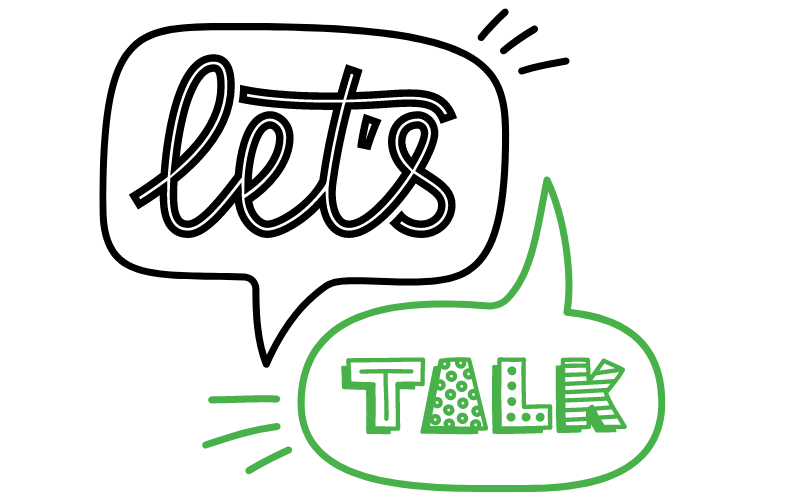In the age of the Internet, image theft is commonplace and easier than ever. It’s estimated that intellectual property (IP) theft in the U.S. costs between $225 billion and $600 billion every year. That may seem like a staggering sum, until you realize that over 3.2 billion images are shared online every day and an estimated 70% are used without a license or permission.
PicRights (that’s us!) is a copyright enforcement and claims resolution agency employed by the world’s leading press agencies, professional photographers and stock agencies. Over the years, we, like most of the industry, have been tarnished as a “copyright troll”—trying to “scam” everyday people out of money. In reality, we work to secure compensation for our clients, whose livelihood has been harmed by the unauthorized use of their work. People who have used copyrighted photographs without paying for their use (whether intentionally or unintentionally) often do not realize that they are infringing on the rights of the creators of the images.
This article will take a closer look at some misconceptions about PicRights, and how copyright affects (and benefits) you.
Did You Know?
Once you snap a photo, copyright is automatic. It is a misconception that you have to register your work with the U.S. Copyright Office in order for it to be copyright protected. Whether it’s a silly selfie or a perfect shot of a strawberry supermoon, as soon as your original work is created, you own the copyright.
Common Claims about PicRights
1. PicRights pursues all images for infringement claims, even for non-customers.
False. We only pursue claims for photographers or agencies that are contracted clients. For example, Reuters is a PicRights client, but The New York Times is not, so PicRights would only pursue infringement claims on photos belonging to Reuters. We don’t look for online usages of images from The New York Times because we have no way to do so without their catalog of imagery in our database. As well, there is no way to pursue copyright infringement without understanding the licensing history of the image in question, which PicRights only has from the copyright holder or their representative.
2. PicRights goes after regular people for money and not to help artists.
False. PicRights is a business, yes—but our purpose as an organization is to protect our clients’ intellectual property assets. This is very challenging, time-consuming and costly work, which is why clients enlist PicRights to pursue claims on their behalf. Additionally, clients choose whether they’d like to pursue a claim. Even when our clients confirm the usage is unauthorized, PicRights only pursues claims where the work is used in a way that would normally require a paid license. [GD1]
3. PicRights has no legal authority.
While PicRights is not a law firm and is not run by lawyers, we have been hired by copyright owners to track the usage of their images and to recoup damages for unauthorized usages. Copyright infringement is, by definition, illegal. If someone uses your copyrighted work without your permission, you have the legal right to claim damages.
Thankfully, most copyright claims can be and are settled without litigation, quickly and far more cheaply than going to court. PicRights attempts to resolve claims before they escalate to prevent their clients (and the unauthorized users) from incurring additional costs. Like many companies, PicRights works with law firms with copyright expertise in the event that legal advice or escalation is needed.
4. PicRights charges arbitrary fees.
False. We represent “Rights Managed” (RM) photo collections only. How, when and where you can use an RM image is determined ahead of time depending on factors like:
- the media in which the image appears
- duration of use
- territory of publication
- quantity of reproductions
- size and prominence of the image in the final use (e.g. whether on the home page or secondary page of a website)
- whether or not any exclusivity is granted to the end user.
Compared to Royalty Free (RF) images, which grant broad licensing rights at flat rates, RM image licensing fees vary greatly based on the scope of the rights granted. As a result, infringing the copyright of an RM image incurs considerably higher fees than an RF image.
The fees requested by PicRights are based on the fees our clients would normally charge for the same use of the work. The unauthorized user may also be using an image in a way that would not be permitted even if it was properly licensed, which can also impact the fee. For example, using a photograph that can only be licensed to illustrate a newsworthy event (referred to as “editorial use”) to promote a product or service, which is commercial use.
Bottom line, copyright exists to protect everyone—including you. The copyright enforcement industry may not be popular, but without copyright and someone to enforce it, anyone is free to steal your work and make money from it. The goal of copyright enforcement and claims resolution is ultimately to create a space where all creators, you included, can have a level playing field online.
Note: PicRights is not a law firm and our copyright compliance officers are not attorneys. The material provided on this website is for general information purposes only and should not be taken as legal advice.
